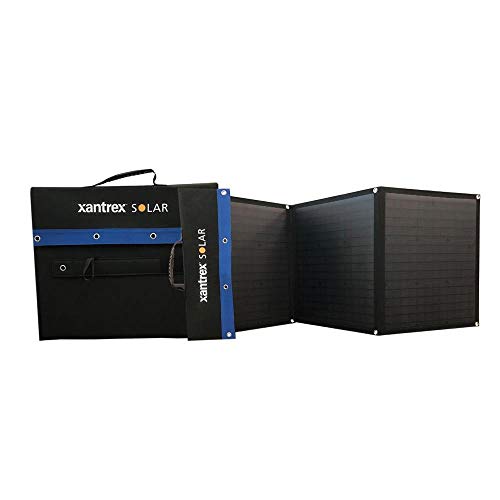Someone might have taken it as a brand name but it started as a generic term, just referring to a low slung recumbent in a fully-enclosed fiberglass fairing. Unfortunately I have gained too much weight to fit in the ones I've seen, although someone let me try the last time Recumbent Cycle Con was held on the West Coast.
Just to dispel some stereotypes:
Recumbents are not intrinsically more dangerous than uprights. In fact, they can be less dangerous than uprights because if you ever were to fall, you don't have as far to fall. Whereas one of the most common falls on uprights is flying over the handlebars from a crash or sudden stop and hitting your head.
If you don't own a mini/van or truck,it's true you may have to get a different kind of rack to carry most recumbent designs (not all...some can work with an old school car rack.) Some recumbents are folders as well, which can make it easier to fit in even a hatchback.
There are "dirt" recumbents. My quadricycle is capable of off-road, has fat tires and the rear wheels have differential. I was just looking at a review for a fat tire e-assist trike with full suspension that can also do gravel and off-road. They're not under $200, though.
If you can ride an upright without pain, by all means get an upright. There are more of them around used and greater economies of scale for manufacturers so prices can be lower. I just wanted to speak back to stereotypes about recumbents and let folks who can't ride an upright know that they might still be able to cycle with the right frame design of recumbent. And there's a lot of variety out there compared to when I was first looking in the '90s.
It's the main way I get around, get my groceries, go out into the field to check stuff, get exercise. I drive my car as little as possible.




























